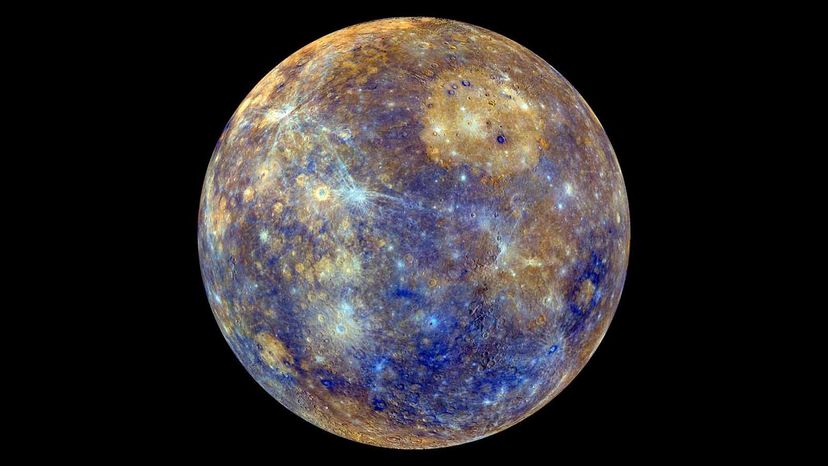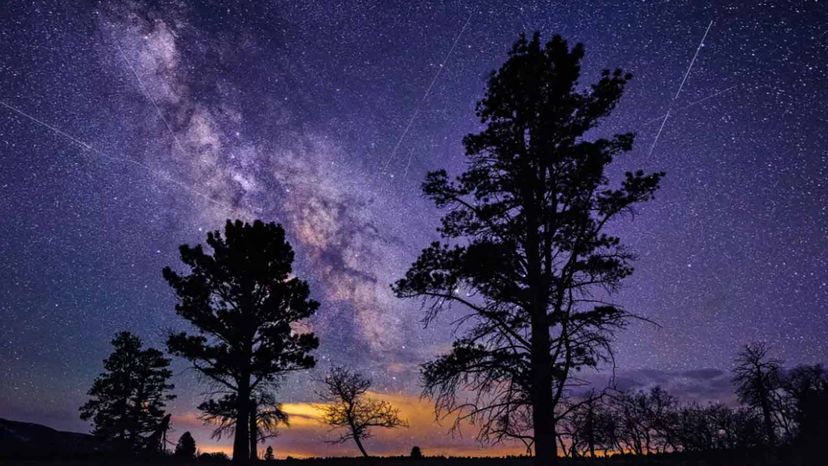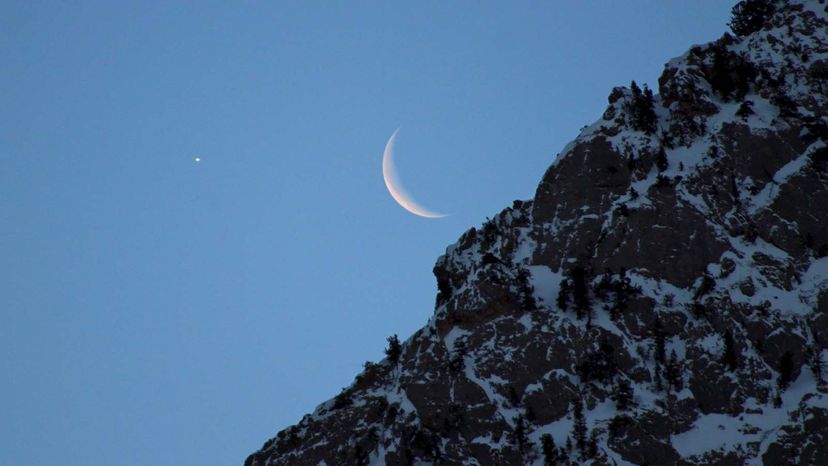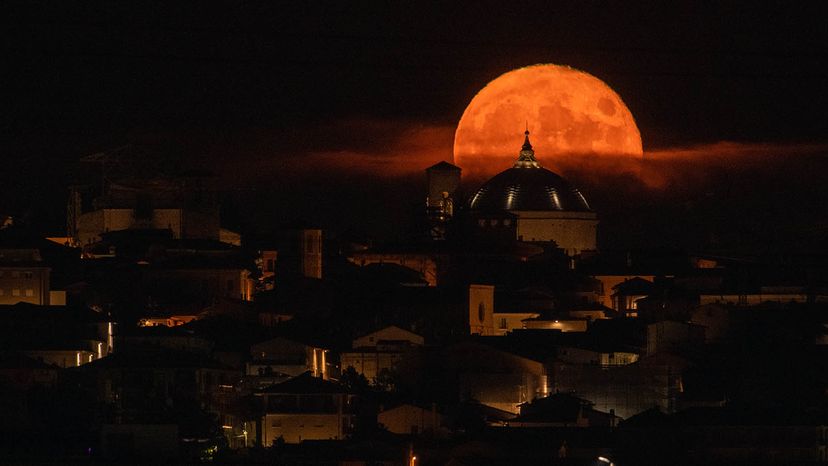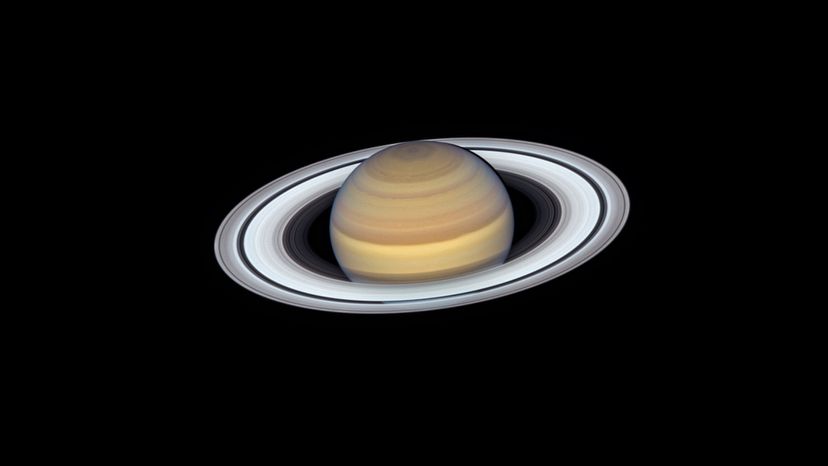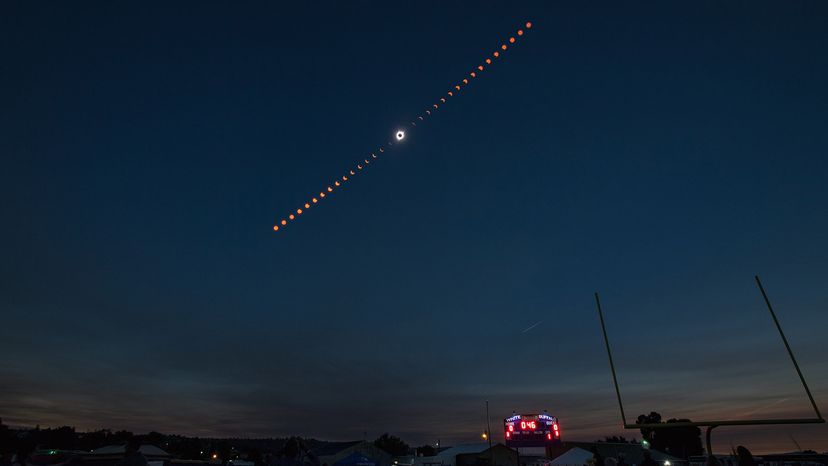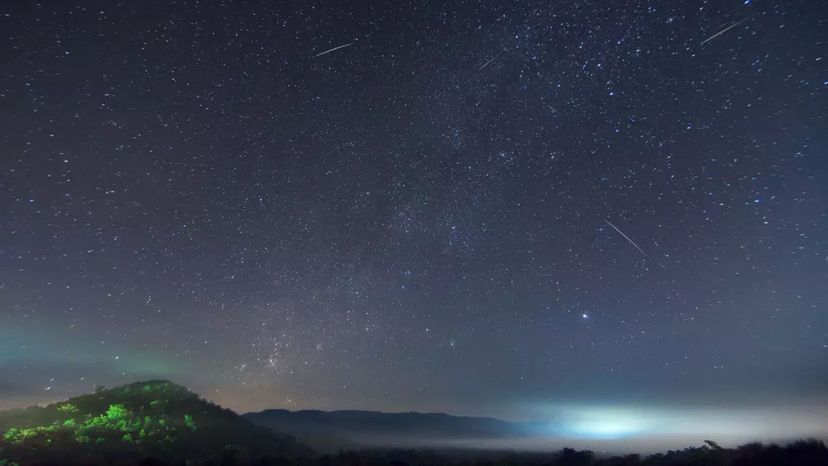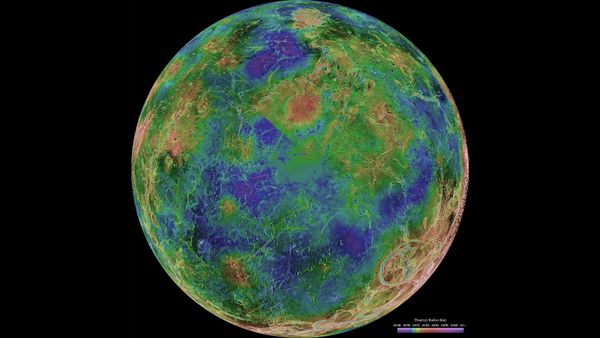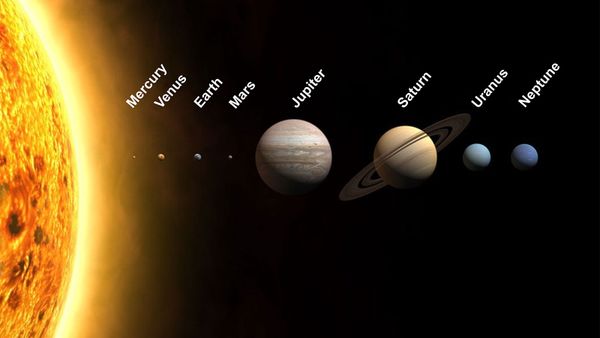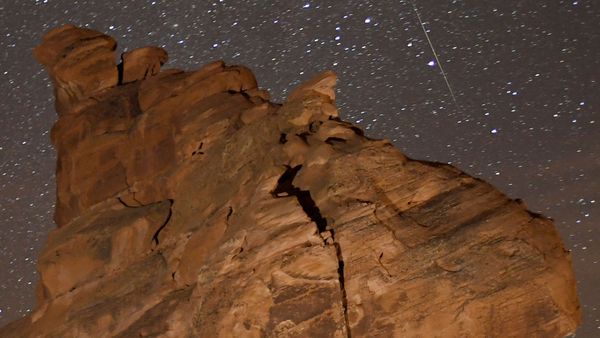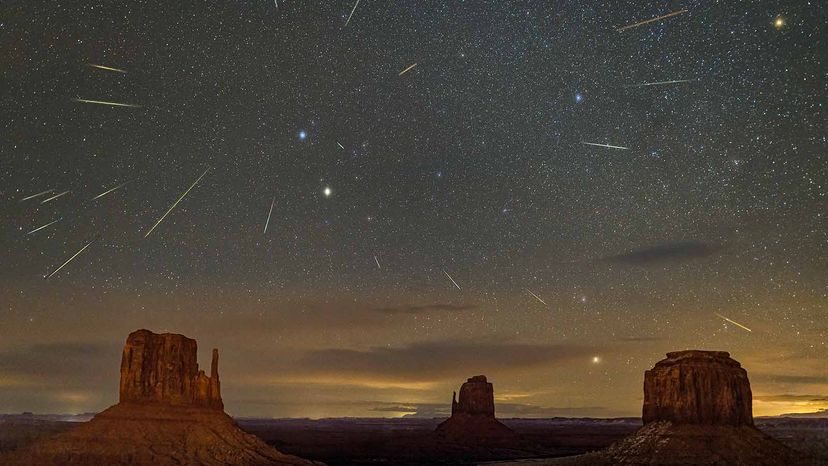
Thanks to the James Webb Space Telescope, we saw the first high-definition photos of outer space in 2022. Stunning images of galaxies, constellations, nebulae, black holes and much more were captured by the successor to the Hubble.
While we've been blown away by the sharpness of the pictures Webb has taken so far, nothing compares to gazing directly at the stars and other astronomical occurrences with our bare eyes.
Advertisement
As Earth transits a new orbital journey around the sun, there will be many opportunities to enjoy celestial shows. Using various news and scientific sources, we've compiled a list of 22 astronomical events you can see this year. Among them are 11 meteor showers, two eclipses and four supermoons. Most of them will be visible from North America sometime between dusk and dawn on the dates indicated.
